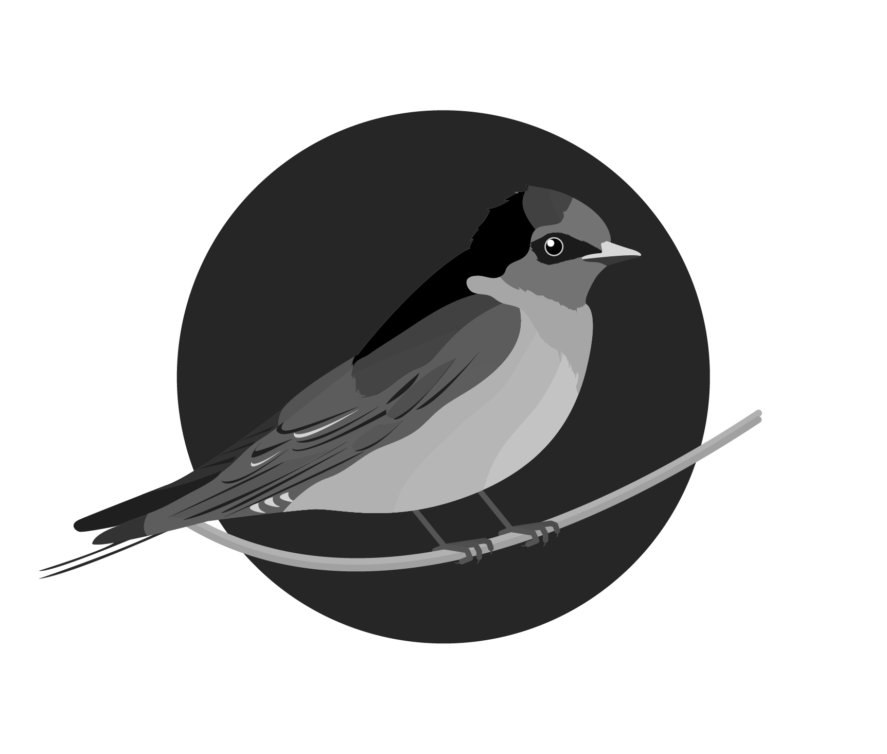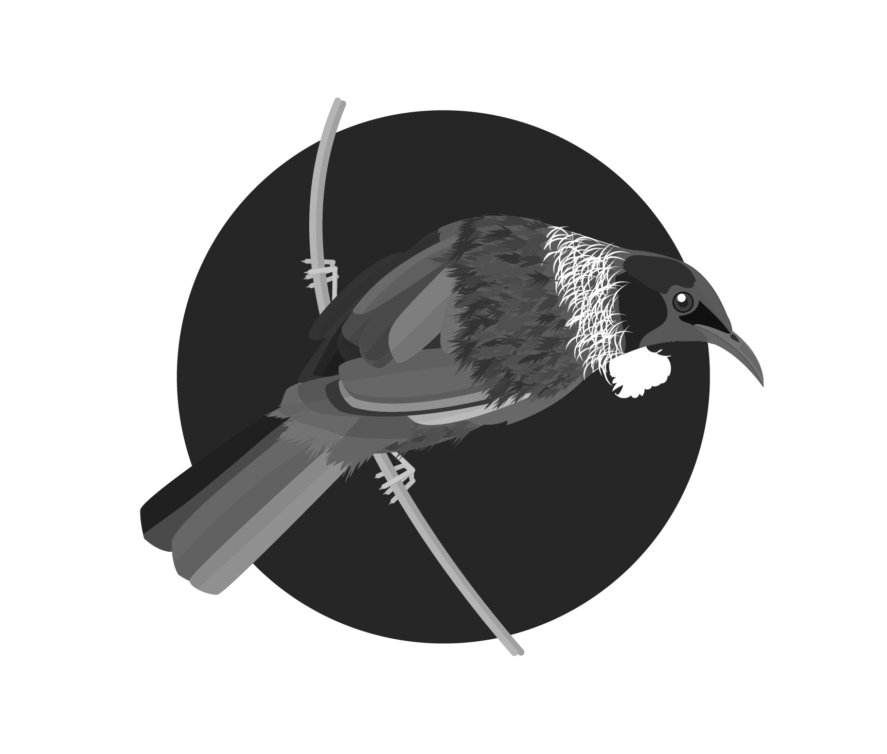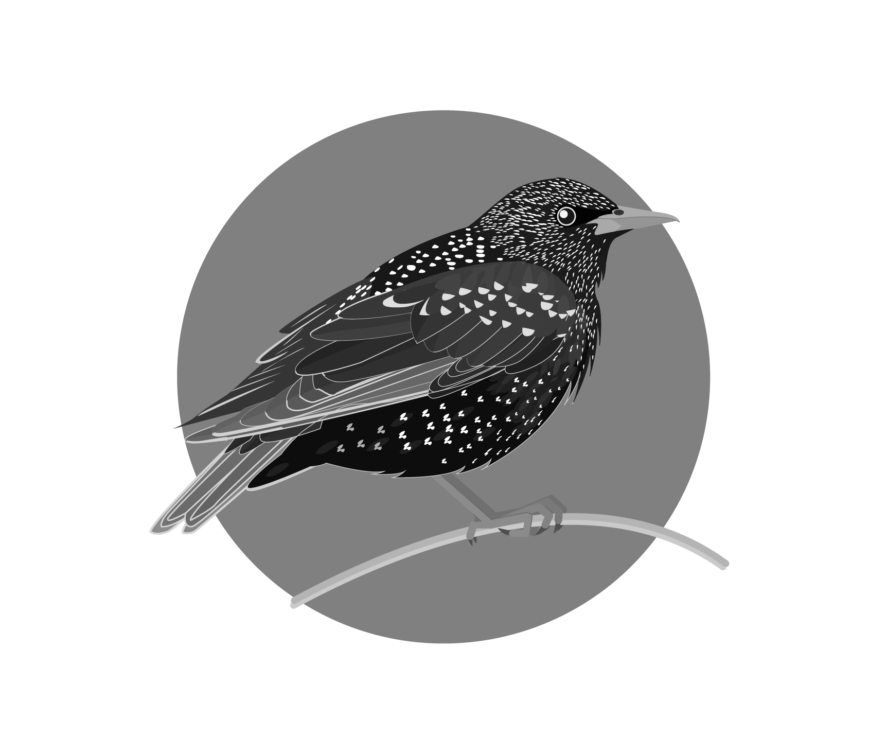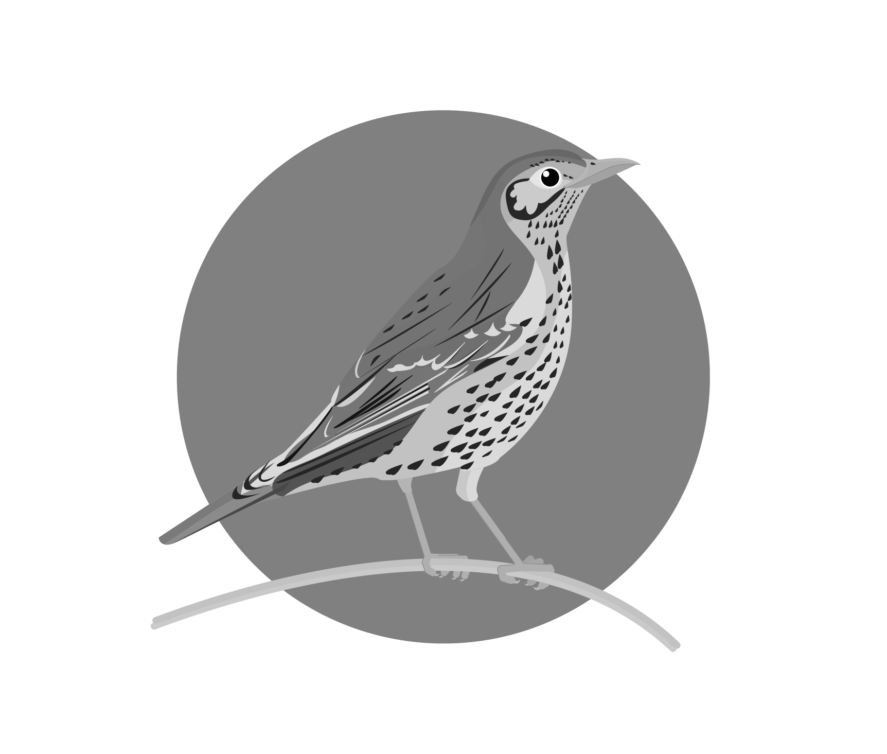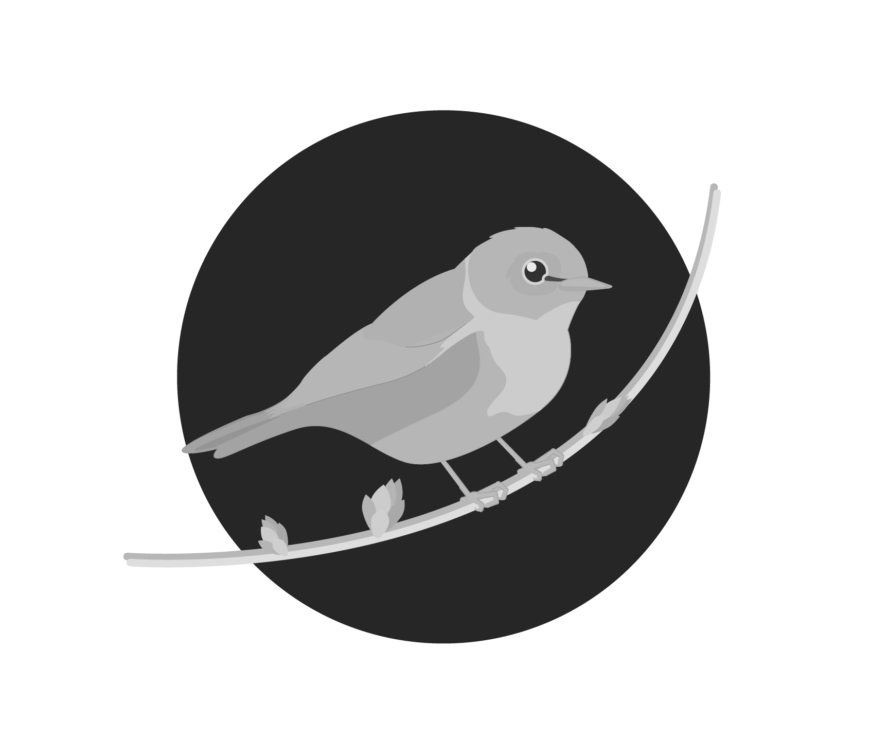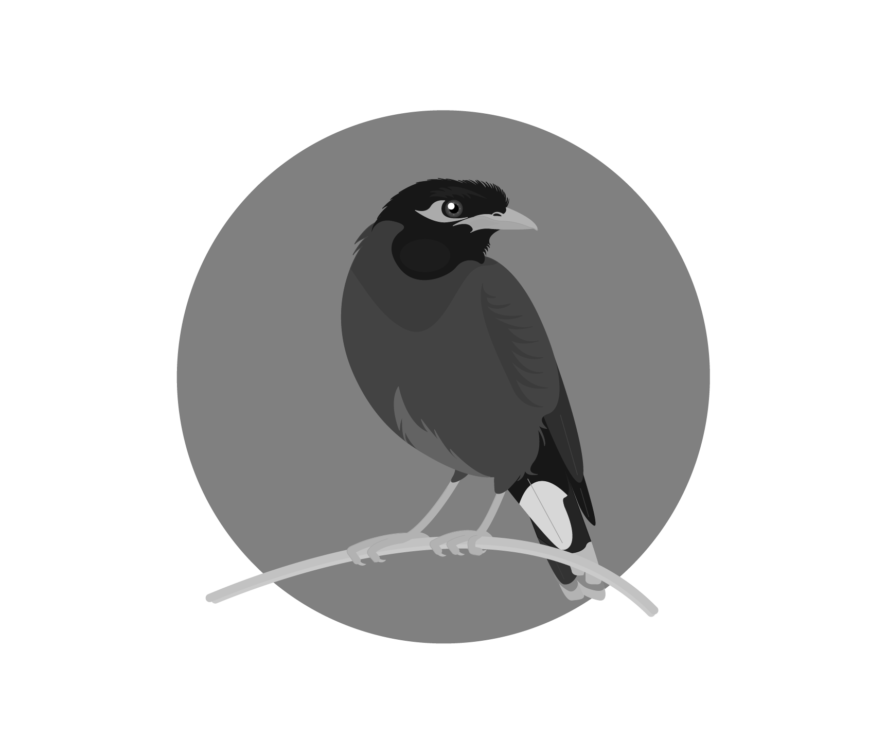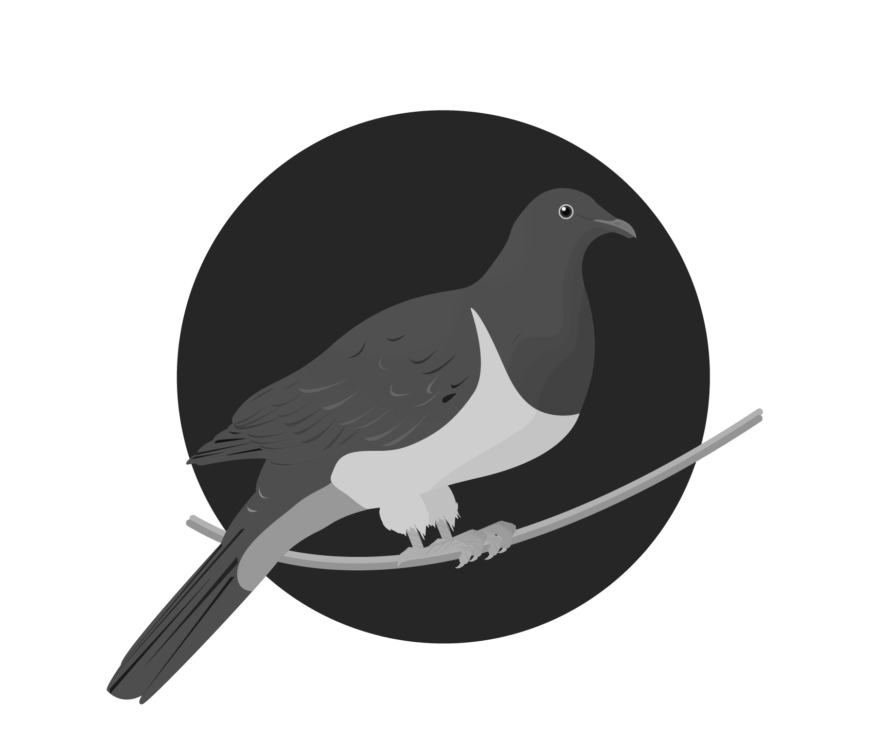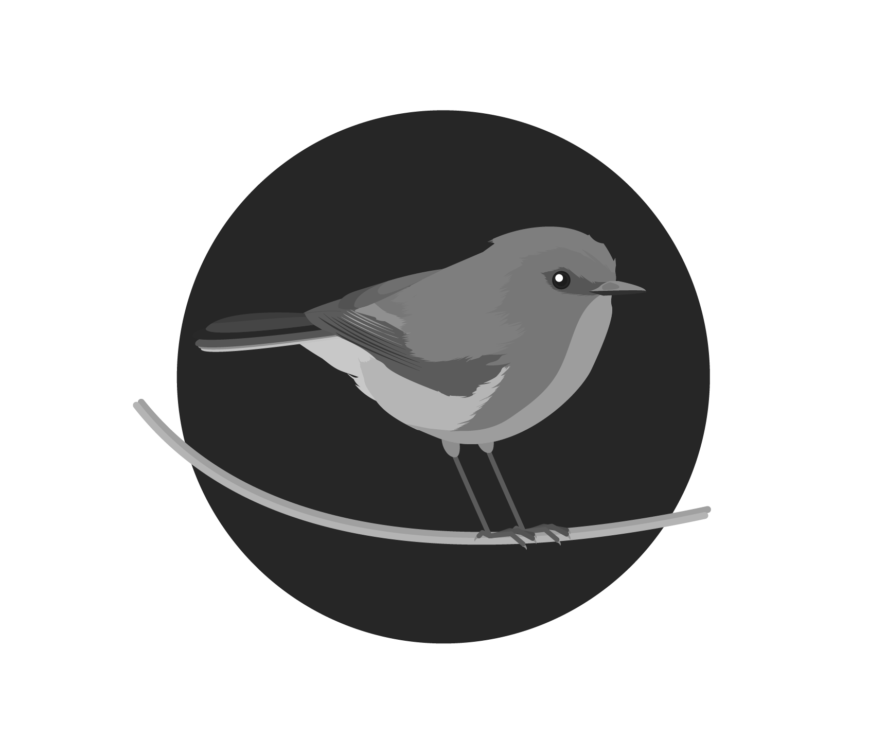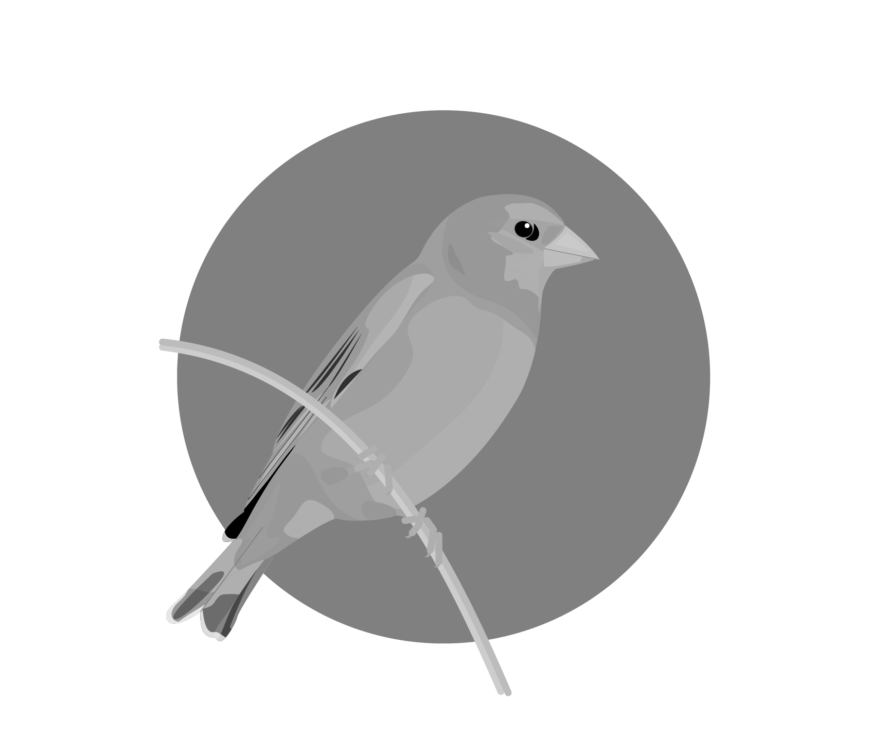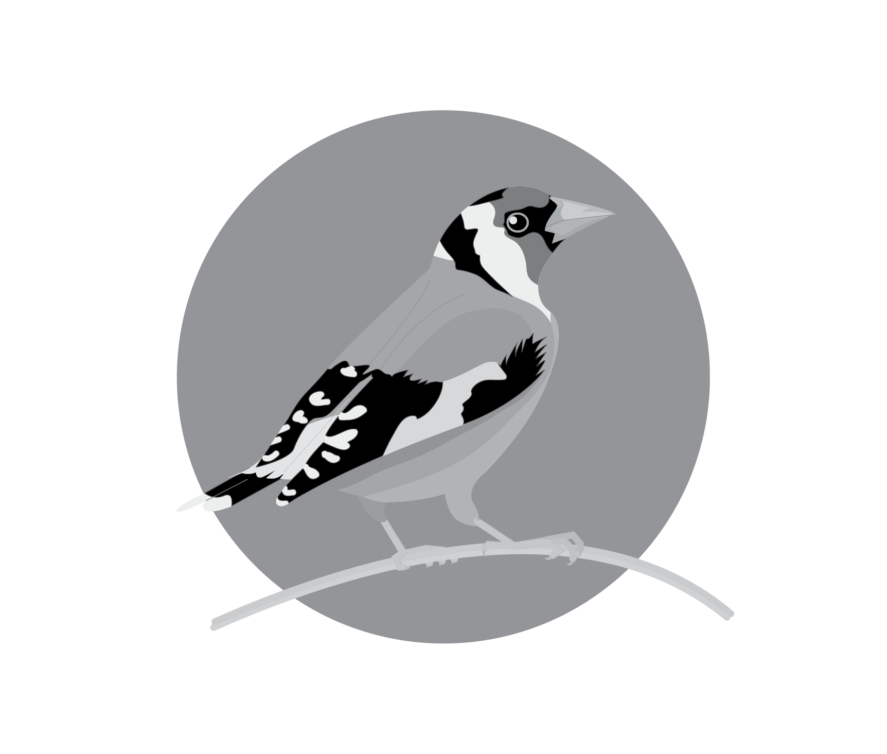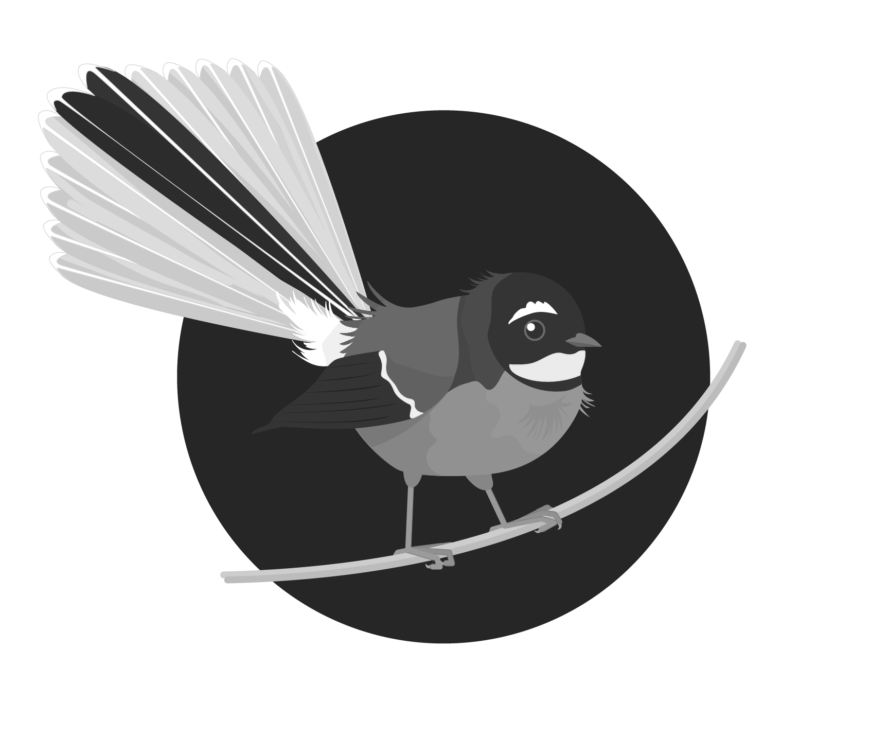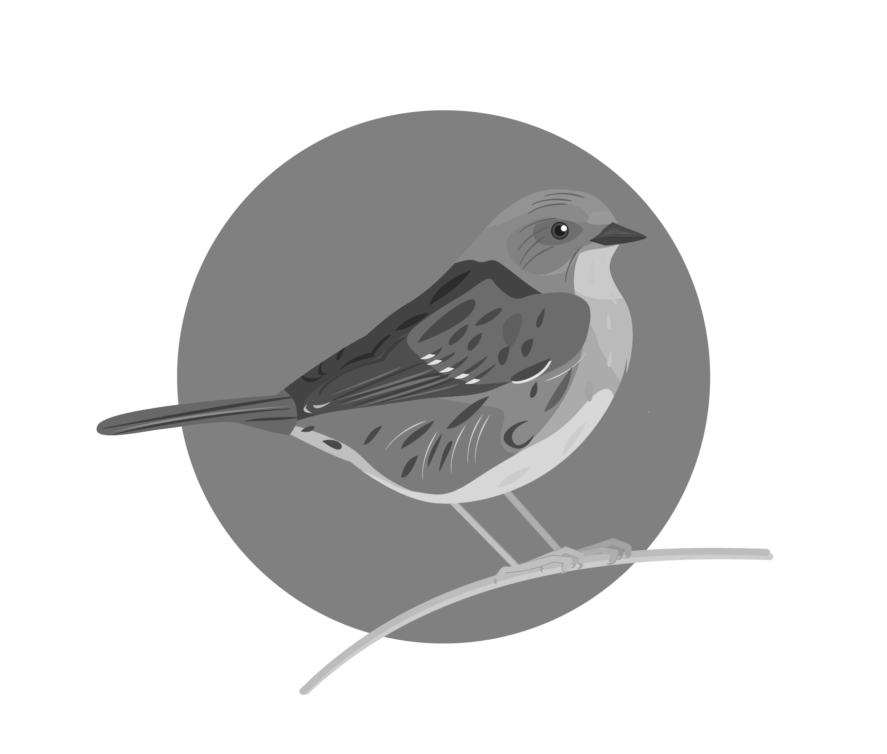-
Initiatives and Collaboration
- Events and Community Engagement
- Crop Swap Te Puke
- Food Resilience School NZ
- Food Forests of New Zealand (www.foodforests.nz)
- Nursery Map - Plant Suppliers of NZ Directory (www.nurserymap.nz)
- Te Puke Community Garden
- Te Puke Digital
- Te Puke Region Food Co-op
- TROPPO’s Food Forest in Te Puke, BOP (wwwfoodforest.org.nz)
- TROPPO's Nursery Directory
- Troppo’s Plant Collection
- Vector Group Charitable Trust (Umbrella)
House Sparrow
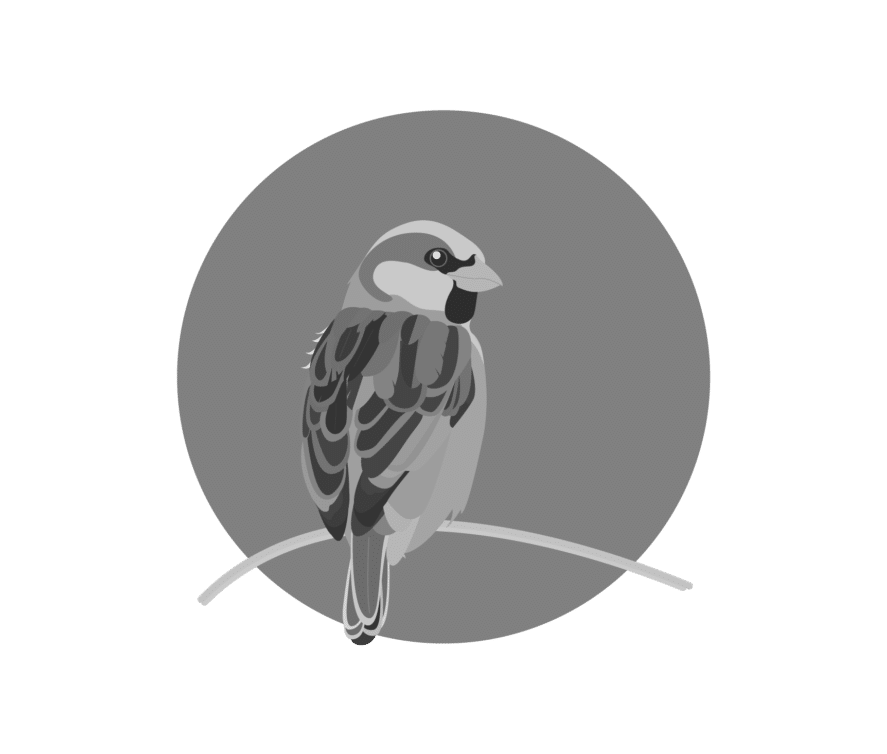
The Ubiquitous House Sparrow of New Zealand
The House Sparrow (Passer domesticus), introduced to New Zealand in the 19th century, is one of the most common and recognizable birds in the country. Known for its adaptability and close association with human habitats, the House Sparrow is a familiar presence in both urban and rural areas.
Appearance
House Sparrows are small, stocky birds with a length of about 16 cm. Males have distinctive markings with a grey crown, chestnut brown nape, and black bib. Their back and wings are streaked brown and black, and they have a greyish-white underbelly. Females and juveniles are more subdued in color, with brown and grey plumage and a lack of the male’s bold markings.
Habitat and Distribution
House Sparrows are highly adaptable and can be found throughout New Zealand. They thrive in urban environments, farmland, and around human settlements. Their close association with people has enabled them to exploit a variety of food sources and nesting sites, contributing to their widespread distribution.
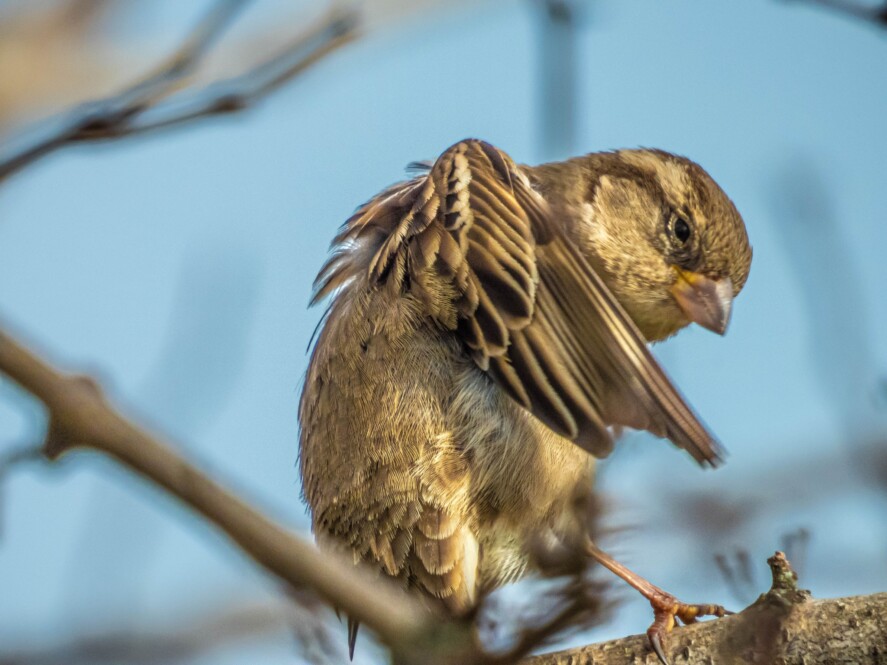
Photo credit: Stephen Fawcett
Diet
The diet of House Sparrows is highly varied, consisting of seeds, grains, insects, and food scraps. In urban areas, they often scavenge for crumbs and other food remnants around cafes and public spaces. During the breeding season, their diet shifts more towards insects to provide the necessary protein for their chicks.
Behavior and Song
House Sparrows are social birds, often seen in flocks outside the breeding season. They are known for their noisy and constant chattering, with a song that includes a series of cheeps and chirps. Their behavior is bold and curious, and they are frequently observed hopping around in search of food or nesting materials.
Breeding
The breeding season for House Sparrows in New Zealand typically runs from August to March. They build untidy nests in cavities, eaves of buildings, and other sheltered locations. The female lays 3-5 eggs per clutch, and both parents share the duties of incubation and feeding the chicks. House Sparrows are known to raise multiple broods in a single breeding season.
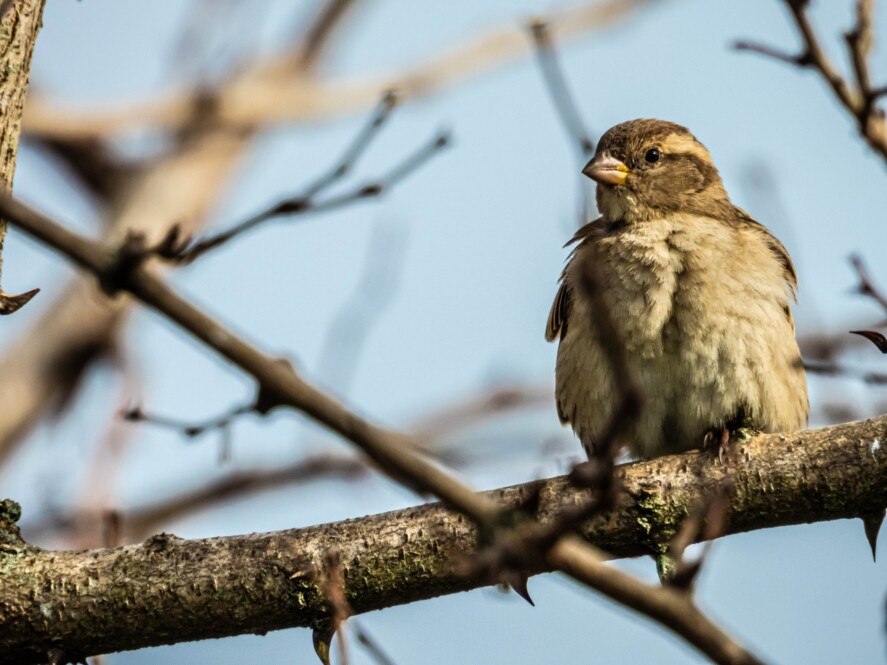
Photo credit: Stephen Fawcett
Conservation Status
As an introduced species, the House Sparrow is not considered at risk in New Zealand. They are abundant and have successfully integrated into various habitats across the country. However, their presence can impact native bird species through competition for food and nesting sites.
Conclusion
The House Sparrow is a resilient and adaptable bird that has become an integral part of New Zealand’s birdlife. Its familiarity and close association with human habitats make it a common sight and sound in daily life. While they are an introduced species, House Sparrows contribute to the rich avian diversity seen across New Zealand’s landscapes.
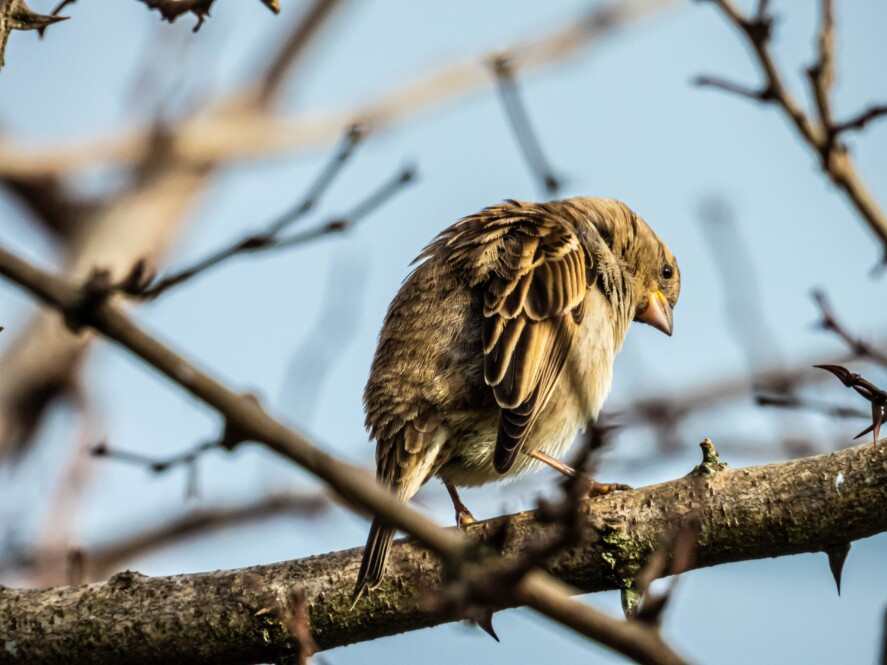
Photo credit: Stephen Fawcett

